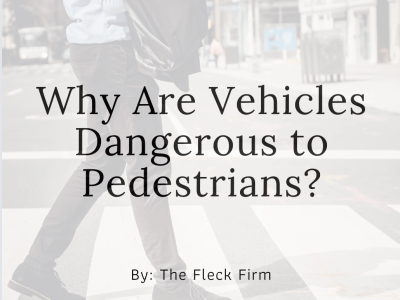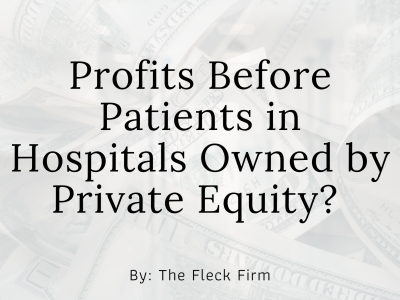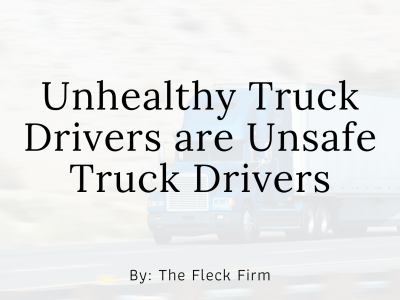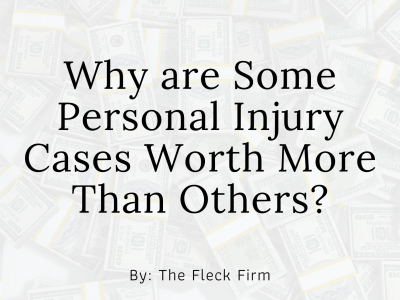New vehicles are equipped with technology some couldn’t have imagined ten years ago. Technology serves many functions, including making vehicles safer and accidents less frequent. One area is the protection of vulnerable road users (VRUs), or pedestrians, cyclists, motorcyclists, wheelchair users, and scooter riders. VRUs are the majority of those killed by vehicles worldwide.
There are well-established safety technologies and features that aren’t a part of new vehicles, regulations, or safety ratings, according to the BBC. They could be part of vehicles due to a government mandate, or manufacturers could include them on their own or make them optional.
This would require balancing the costs of the vehicle, potentially lower insurance rates (due to fewer claims and less severe injuries), and benefits to society (more people living their lives, working, not in the hospital, getting medical care, or suffering premature deaths). The average price of a new vehicle last year was $48,451, according to Forbes. Buyers may not be eager to spend more to help people outside their vehicles.
Technology Can Make Vehicles Less Deadly and Hazardous
Technology improves and gets cheaper over time, whether it’s your smartphone, laptop, or vehicle. This includes safety technology. One improvement is using more flexible materials, including smoothing areas of a hood where struck pedestrians are likely to knock their heads. Front bumpers are rigid, but new models have materials behind them to absorb some impact energy.
A tougher challenge is A-pillars. They’re the roof supports at the ends of your windshield. They’re designed not to bend during a crash, so the vehicle won’t collapse if it ends up on its roof. These pillars and the top of the windshield are often deadly for VRUs if they strike them directly or after being lifted onto the hood. In 2012, Volvo introduced pedestrian airbags to its V40 model to cushion the impact if a pedestrian hit one of these areas. They’re no longer used offered.
Another space-age passive safety feature is a pop-up hood. It has sensors that detect if a person has been hit. Charges ignite and partially lift the hood, reducing the collision’s impact. They create additional space between the hood and rigid components in the engine compartment. This would cut the probability and or severity of head injuries of pedestrian accident victims. Whether this can be used depends on the engine size and available space.
These are considered “passive” safety features. More effective might be “active” safety devices, which may prevent collisions that cause injuries and deaths.
Other attorneys take contingent fees of 33% to 50% of your settlement.
We want you to keep more of your money.
Our contingent fee is only 30% on cases settled prior to filing suit.
Technology May Act Instead of Leaving It Up to Drivers or Occupants
A key technology is automatic/autonomous emergency braking (AEB). It automatically applies the brakes if the vehicle’s sensors and cameras detect someone at risk. AEB is common for new cars in Europe. It works best at slower speeds and doesn’t work as well at night, but the technology is becoming more sophisticated and effective. Vehicle manufacturers use lidar (light detection and ranging) more often, which can be used with radar and AEB sensors.
Systems are expanding their reach to protect pedestrians and other VRUs, including cyclists. They can suffer severe injuries if they’re “doored” by vehicle occupants. This occurs when someone opens a door in the path of the cyclist who crashes into it. The system warns people inside a vehicle of a cyclist near a door or prevents the door from being opened.
A Non-Technological Approach: Safer Drivers
What would also keep VRUs out of hospitals or morgues? Better drivers. Drivers who aren’t distracted, fatigued, intoxicated, or in a hurry. They focus not only on vehicle traffic but also on pedestrians and bicyclists. Drivers who obey speed limits and don’t ignore stop lights or signs are less dangerous to pedestrians and everyone else.
Safer drivers don’t require incredible leaps of technological improvements. What they need is empathy for everyone outside their vehicle. They understand they don’t own the roads or they’re there for their entertainment. Safer drivers won’t cause vehicle prices to increase like new technology can and, due to their safe driving records, should have lower insurance premiums and fewer vehicle repair bills. If they’re not speeding, they should also buy less gas.
A better return on our car safety investment might be taking the time to become safer drivers. If we fail at that, our vehicles will be loaded with more technology.
Contact Us Today
The Fleck Firm helps individuals and their families. We represent many accident victims in Western and Central Kentucky across the Bluegrass.
Are you or a loved one injured or killed in an accident? If you want to learn about the law, how it may apply, and how we can help you obtain compensation, call The Fleck Firm at 270-446-7000 today.








